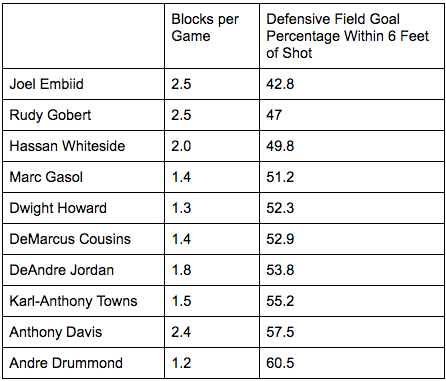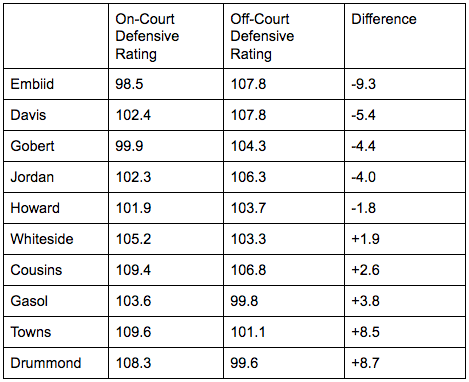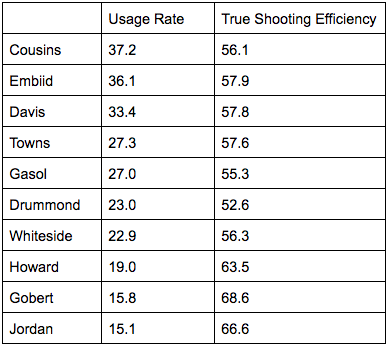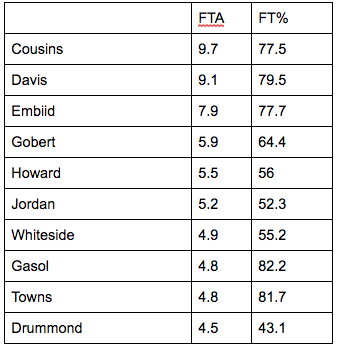By all of these metrics, the Detroit Pistons defense has held or improved. So what’s different, and how can we find these additional 6.8 points per 100 possessions?
Buckle your seatbelt, because this is where things get weird.
Before Jackson came back, the Pistons yielded a three-point percentage of 34.2 percent. That was fifth-best in the league. After his return, that three-point percentage skyrocketed to 39.5 percent, second-worst in the NBA.
To break things down further, since Jackson’s return, only one of the Pistons’ five most-used lineups has allowed a three-point percentage of LESS than 45.7 percent. These five lineups have spent a total of 444 minutes on the floor. In fact, the Pistons’ default starting lineup of Jackson, KCP, Morris, Harris and Drummond have yielded a three-point percentage of 45.7 percent over the 213 minutes they’ve played together. The secondary starting unit in which Harris is replaced by Jon Leuer is yielded 46.7 percent over 94 minutes.
To put into context just how good 45.7 and 46.7 percent are from three-point range,
Joe Ingles leads the NBA with 46 percent.
Stephen Curry hit 45.4 percent of his threes last year. In other words, over the 307 minutes these units have been on the floor together, opposing shooters are hitting threes with roughly the same efficiency that matches that of the best shooter in the NBA this year, and right around what Curry hit last year.
Needless to say, these numbers are preposterous, and
Haralabos Voulgaris weighed in and agreed that there is a great deal of negative variance working against the Pistons here.




